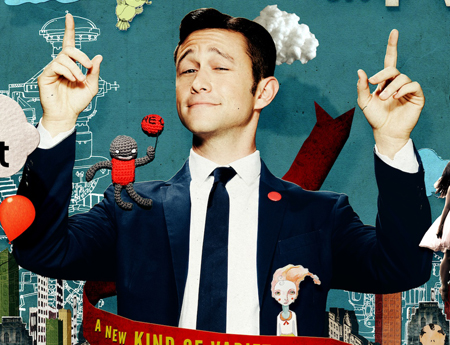The Media’s Social Revolution

In case any doubt remains about the potency of social media combined with TV, a study released last April by the Nielsen-backed Center for Research Excellence underlined and italicized it. The study found that one of every six times a viewer is watching primetime television, he or she is also using social media. The same study found that roughly half of all a viewers’ social-media activity while watching TV is related to TV.
Television marketers have for years been engaged in converting those users into viewers of and advocates for their shows. But as metrics for measuring social engagement proliferate and mature, social media is increasingly being employed by TV programmers as a way to shape content and expand its reach. Definitive proof of a correlation between social activity and ratings remains elusive, but the convergence continues to drive many decisions about content.
“It used to be that you could have a Twitter account and Facebook account and maybe the talent is posting to their own social media and maybe they aren’t,” says J.R. Griffin, VP, digital partnerships, FremantleMedia North America. “Now it’s really embedded teams in digital doing very creative stuff. That real estate is precious. My Twitter feed is full of tons of information, so you have to really stand out.”
FremantleMedia has attempted to stand out by integrating social media into its programming. The company produces Fox’s American Idol and NBC’s America’s Got Talent and has incorporated social media into the voting processes for both. On Idol last season contestants voted off sang their goodbye songs against a backdrop of Facebook profile photos of people who voted for them. America’s Got Talent introduced an “instant save” feature powered by Google last season that allowed viewers to vote live to keep contestants from being booted off. According to Nielsen’s Twitter TV ratings, the season finale of Talent this summer drew 4.5 million Twitter impressions.
“We always say that’s our foundation of interactivity,” Griffin says of integrating social media into programming. “That’s our touch point.”
Cable network Pivot has also directly worked social media into much of its programming, including HitRecord on TV, a variety series showcasing viewer-generated content. A millennial-targeting network, Pivot features regular on-air calls to action telling viewers how they can get involved in a cause or learn more about an issue. The network has made adjustments to those on-air elements based on reaction to them on social media.
“The last thing we want to do is come off as preachy,” says Kent Rees, general manager of Pivot. “We want it to be a dialogue and we want it to be authentic.”
Broadcasting & Cable Newsletter
The smarter way to stay on top of broadcasting and cable industry. Sign up below
Engineering programs to be social-media friendly is not, however, an end-goal by itself.
“Does social media drive ratings?” Griffin asks. “That is a huge question. But I think it helps a brand become more important.”
The number of tools for measuring a television brand’s social-media impact and the sophistication of those tools is increasing. Nielsen launched its Twitter TV ratings in 2013. Digital company Mashwork’s service Canvs provides qualitative analysis of the social conversations happening around television programming, gauging emotional reaction to shows. The company, which counts Comedy Central, BET Networks, Endemol Beyond, Spike TV and TV Land among its clients, announced Dec. 11 that it would integrate Nielsen’s Twitter TV ratings into Canvs. The goal is to give people in television insight that will allow them to not only market shows more effectively, but also make programming adjustments that can drive ratings.
“How do the type of emotions expressed affect ratings activity?” asks Jared Feldman, founder and CEO of Mashwork. The company plans to release a study in the coming weeks that attempts to answer that question. One of its findings is that so-called “darker emotions”— expressions of disgust, hate or shock at show’s content—are predictive of ratings success the following week. “There is a value to quantifying how the world feels about you. We believe emotion is a currency that you will be able to trade on in the future.”
If Feldman’s belief becomes reality, socialmedia metrics will only factor more heavily in programmers’ decisions.
